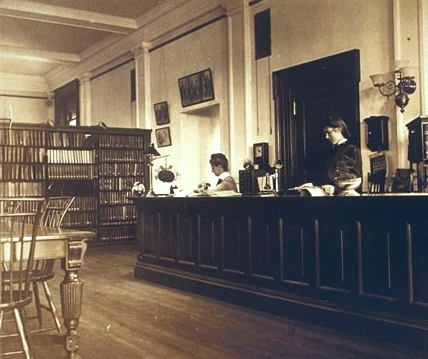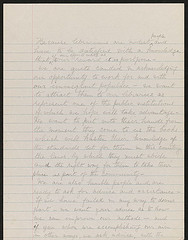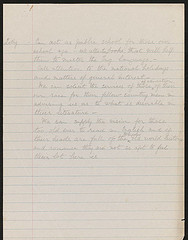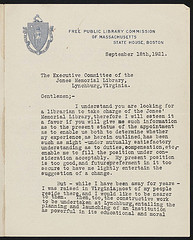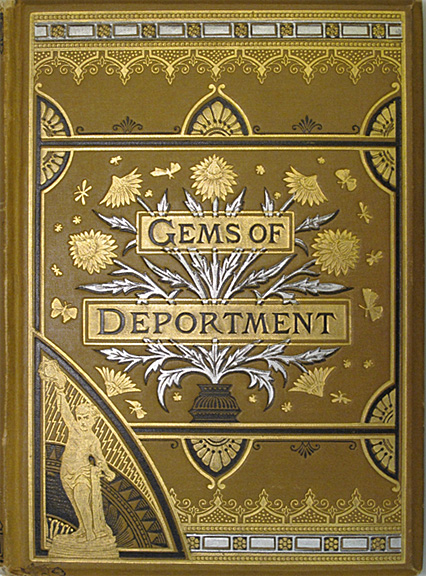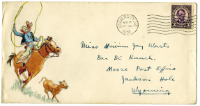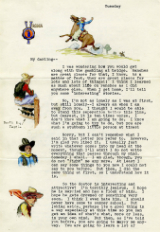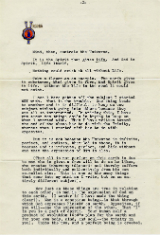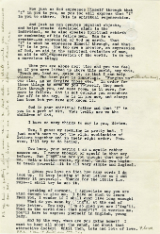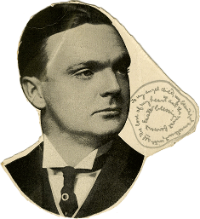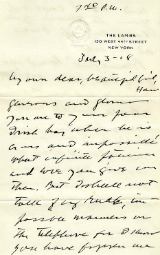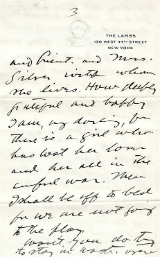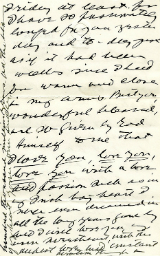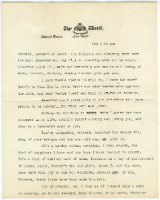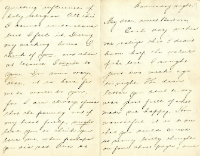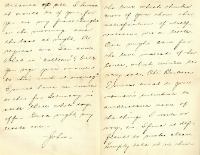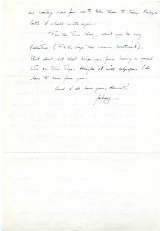Celebrating Bastille Day: 18th century French culinary books at the Schlesinger (with recipes!)
ø
French cuisine and French culture are practically synonymous, so we are celebrating Bastille Day (July 14th) by highlighting some of Schlesinger’s culinary books from late 18th century France. Grain shortages and the consequent increase in bread prices were among the causes of the French Revolution, and the food supply was also a problem for the new government. The following publications offer insight into some of the disruptions and continuities of life in the First French Republic.
STAMPED WITH THE APPROVAL OF KING LOUIS XVI:
Prior to the Revolution, books were approved for publication by royal censors and bore the phrase “Avec approbation et privilege du Roi” (With approval and favor of the King). The king could also order the publication of a work, as shown here in the 1789 Traité sur la culture et les usages des Pommes de terre, de la Patate, et du Topinambour (Treaty on the culture and use of the potato, sweet potato and Jerusalem artichoke) by Antoine-Augustin Parmentier, which was “published and printed by order of the King.”
The Faculté de Médicine de Paris had approved the potato for food in the early 1770s, but people still had their doubts. In the forward to the Traité, Parmentier notes the recent bad weather and mediocre harvests that had forced people to reconsider the potato—especially since the potato seemed to do well when grain harvests were bad. Most of the book is about cultivation, with a small section on cooking potatoes and on potato bread.
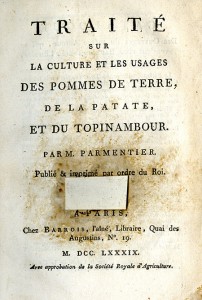
Title page from Treaty on the culture and use of the potato, sweet potato and Jerusalem artichoke by Antoine-Augustin Parmentier published in 1789 (by order of the King). Find the book in HOLLIS [http://bit.ly/MmrXbj] or read a full-text version online. [http://bit.ly/Mn3lBV]

Foreword assuring the edibility of potatoes from Antoine-Augustin Parmentier’s Treaty on the culture and use of the potato, sweet potato and Jerusalem artichoke.
PUBLICATIONS OF THE NEW REPUBLIC
Originally published in the French Republican year III (1794/1795) and attributed to Madame Mérigot, La Cuisinière républicaine sought to teach simple ways of preparing and preserving potatoes. In the Schlesinger Library’s facsimile reprint, published in 1976, the introduction identifies this publication as the first cookbook of the Republic, and the first collection of potato recipes.
Another culinary book published during the French Republican year III (1794) was Leçons élémentaires sur la choix & la conservation des grains by Louis Cotte, a former Father Superior who had renounced his vows during the deschristianization of France. Intended for the edification of “les bonnes Ménageres,” or good housewives, the book gives catechetical lessons on various aspects of grain production and bread making, including a section on potato bread (lesson 10) while actively encouraging a new Republican identity.

Title page from The [female] republican cook, that teaches a simple manner of preparing potatoes; with some advice on the steps necessary for preserving them. Find the book in HOLLIS [http://bit.ly/Lc316m]

Title page from Elementary lessons on the selection and conservation of grains, on the operation of mills and bakeries, and on the bread tax. Find the book in HOLLIS [http://bit.ly/M4X1AG]
RECIPES FROM La Cuisinière républicaine
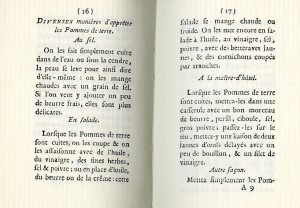
Potato salad recipe from La Cuisinière républicaine: “When the potatoes are cooked, cut them up and season them with oil, vinegar, fines herbes [parsley, chives, tarragon and chervil], salt and pepper; or, instead of oil, butter or cream: eat this salad hot or cold. Another way, with oil, vinegar, salt, pepper, yellow beets and sliced gherkins.”
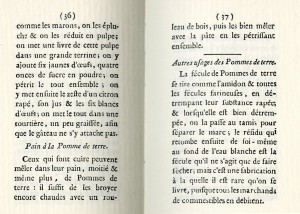
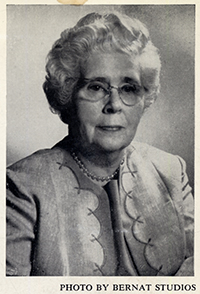 Schlesinger’s growing collection of romance fiction now includes the complete works of Missouri writer Elizabeth Seifert (1897-1983), internationally-bestselling author of more than 80 medical romances.
Schlesinger’s growing collection of romance fiction now includes the complete works of Missouri writer Elizabeth Seifert (1897-1983), internationally-bestselling author of more than 80 medical romances.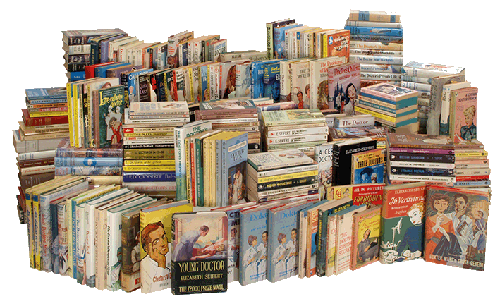
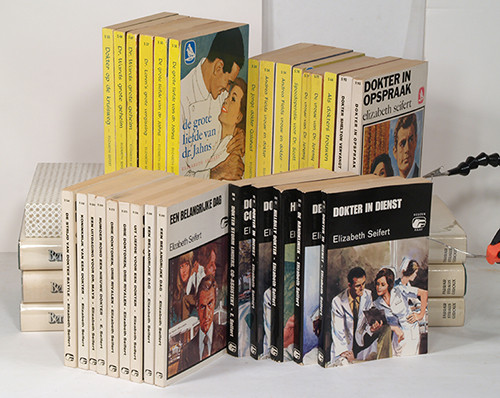
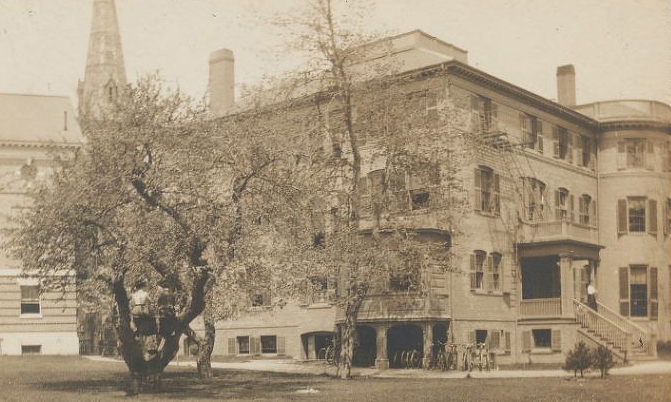
 Today is
Today is  Jane Maud Campbell was born in Liverpool, England, one of seven children of George and Jane Cameron Campbell. When she was twelve, the family moved to the United States, and she attended a private school in Richmond, Virginia. Returning to Great Britain, Campbell graduated in 1886 from the Ladies’ College of Edinburgh University and the
Jane Maud Campbell was born in Liverpool, England, one of seven children of George and Jane Cameron Campbell. When she was twelve, the family moved to the United States, and she attended a private school in Richmond, Virginia. Returning to Great Britain, Campbell graduated in 1886 from the Ladies’ College of Edinburgh University and the 
